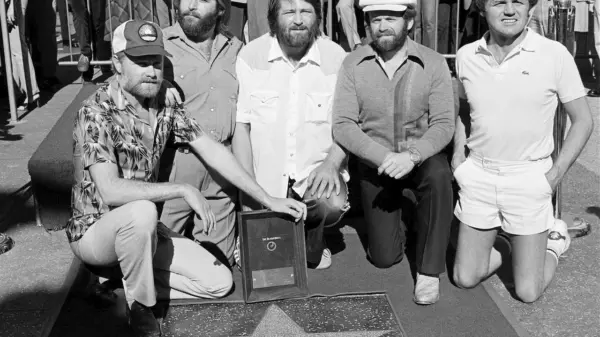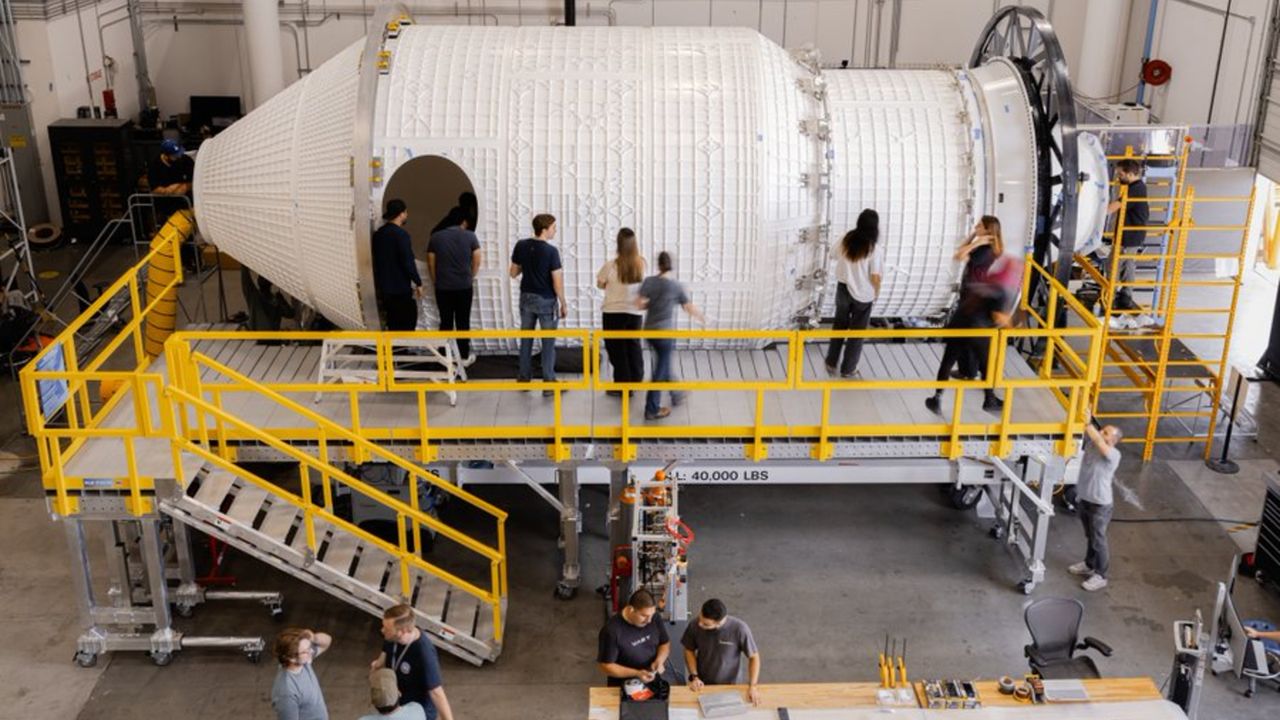Vast is on track to launch its Haven-1 private space station in 2026, marking a significant step in private human spaceflight. The California-based startup recently completed the final weld on Haven-1’s primary structure, followed by its painting. The next phases will involve integrating essential components such as the hatch and a domed window, as the company moves closer to establishing its vision for a private space station in low Earth orbit (LEO).
Haven-1 is set to launch aboard a SpaceX Falcon 9 rocket and, weighing approximately 31,000 pounds (14,000 kilograms), will be the largest spacecraft to lift off from this rocket. The space station is designed to accommodate up to four short-duration astronaut missions over its planned three-year lifespan. Crews of four will spend ten days at a time aboard Haven-1, contributing to a total of 160 astronaut days.
According to Drew Feustel, Vast’s lead astronaut and former NASA astronaut, the launch of Haven-1 signifies a pivotal moment in human spaceflight. Speaking at the 76th International Astronautical Congress in Sydney, Australia, Feustel stated, “If we stick to our plan, we will be the first standalone commercial LEO platform ever in space with Haven-1, and that’s an amazing inflection point for human spaceflight.” The Falcon 9 for this launch is already booked, with liftoff potentially occurring in the second quarter of 2026.
Since its founding in 2021, Vast has rapidly expanded to around 800 employees. The majority of its hardware is manufactured in-house, with only the solar arrays and thrusters sourced externally. Feustel remarked on the company’s swift progress, noting, “When I joined in December 2023, we were still deciding between stainless steel and aluminum. Now, less than two years later, the primary structure is welded.”
Haven-1 aims to redefine the human experience in space by incorporating lessons from industry trends. The station’s design focuses on aesthetics and psychological comfort, contrasting with the utilitarian look of the International Space Station (ISS). Vast has even employed a former Campbell’s food developer to enhance astronaut cuisine, while also developing an inflatable sleep system that allows crew members to adjust pressure to simulate gravity for sleeping.
As preparation for the launch continues, key components are being integrated ahead of crucial pressure and load testing in Mojave, California. This stage is essential for ensuring the safety and reliability of Haven-1 before it ventures into orbit.
Looking ahead, Haven-1 is not just a standalone project but a stepping stone towards more ambitious plans. Vast envisions Haven-2, a modular space station project intended to eventually replace the ISS, which is scheduled for deorbit in 2030. Haven-2 will feature a larger volume, additional docking ports, and fixed solar arrays. Its modular design will facilitate the attachment of cargo and future nodes, including a central node that is planned for launch via SpaceX’s Starship, currently in development.
Feustel elaborated on the future of the Haven series, stating, “Haven-2 will be stretched in length, add another docking port, and become more modular. We can attach cargo supply while the crew is there.” These modules will require a launch on a SpaceX Falcon Heavy rocket with modified fairings, while the central node will necessitate the use of Starship due to its size.
Haven-1 is privately funded, with its launch already secured. In contrast, Haven-2’s design is contingent on NASA’s Commercial LEO Destinations (CLD) program. Feustel noted that once the expectations are clear, the team can focus on adapting their architecture accordingly.
The vision for Vast extends beyond just the Haven projects. “We were founded for long-term living in space, so artificial gravity,” said Eva Behrend, Vast’s vice president of communications. “But we realized we needed stepping stones. So we said, ‘Let’s just build it and prove we can do it.'”
Vast aspires to create destinations in space where people can live, work, and view Earth from above. With Haven-1 and Haven-2 poised for their respective launches, the company is setting its sights on a future that could redefine human presence beyond our planet.






































































